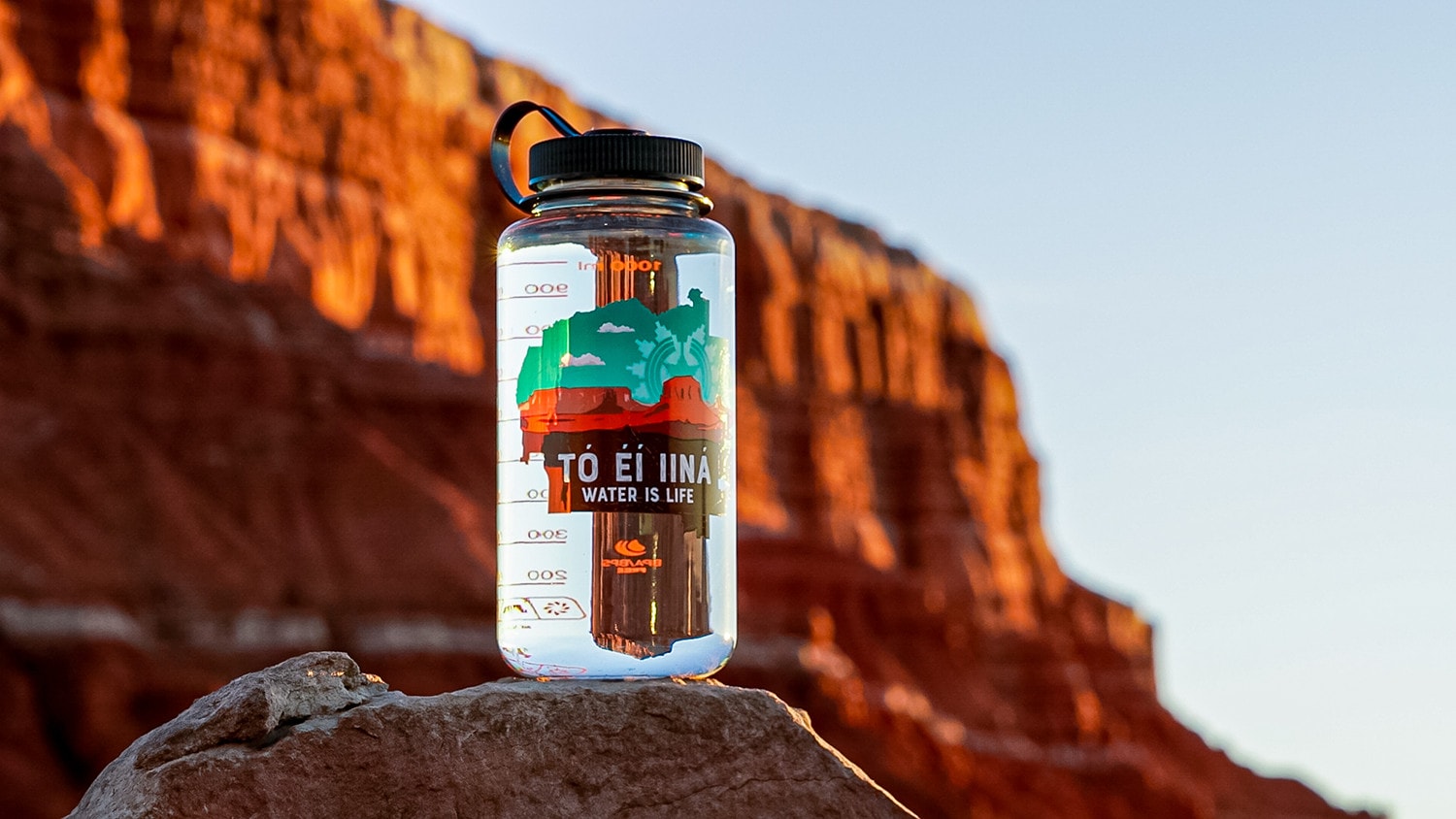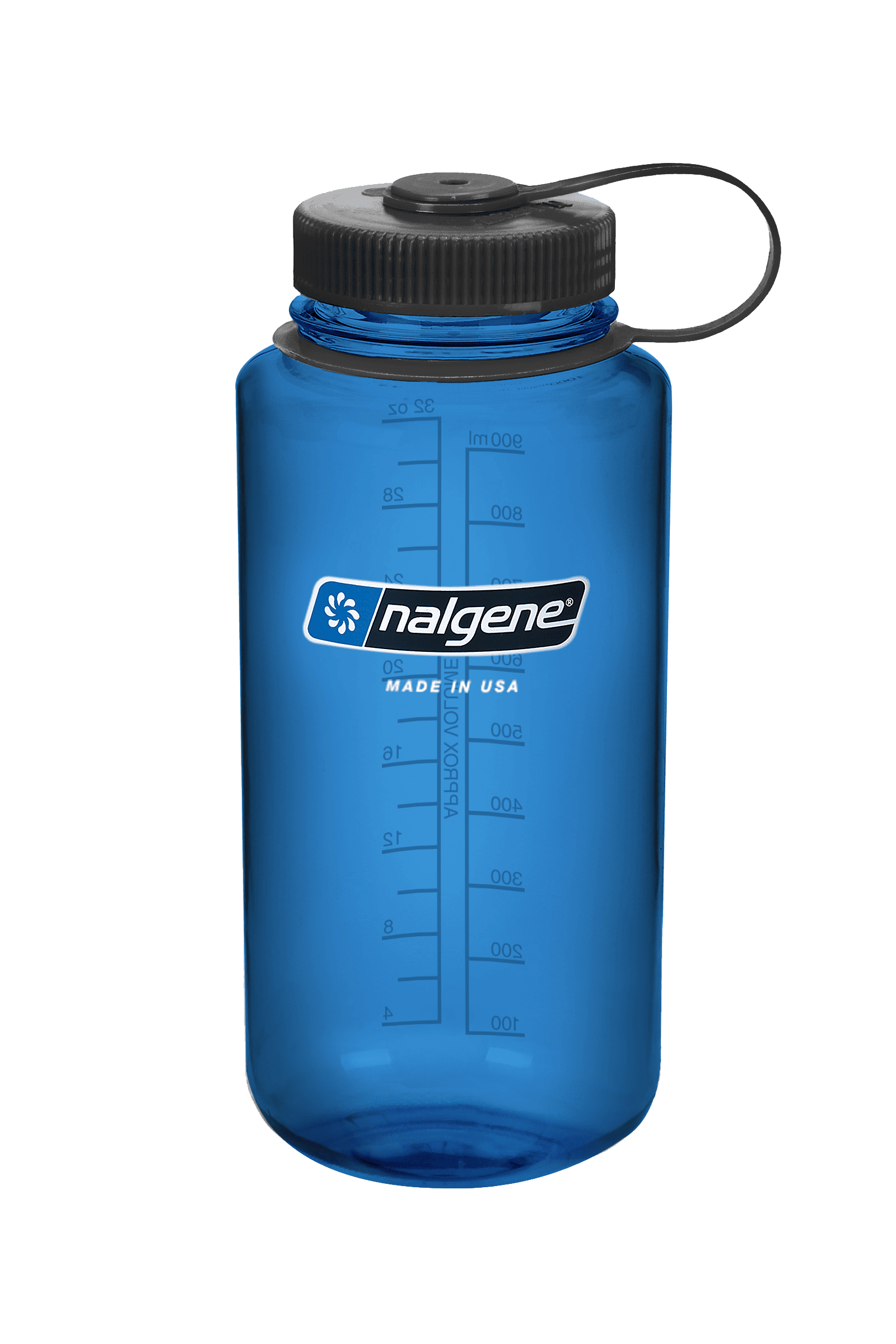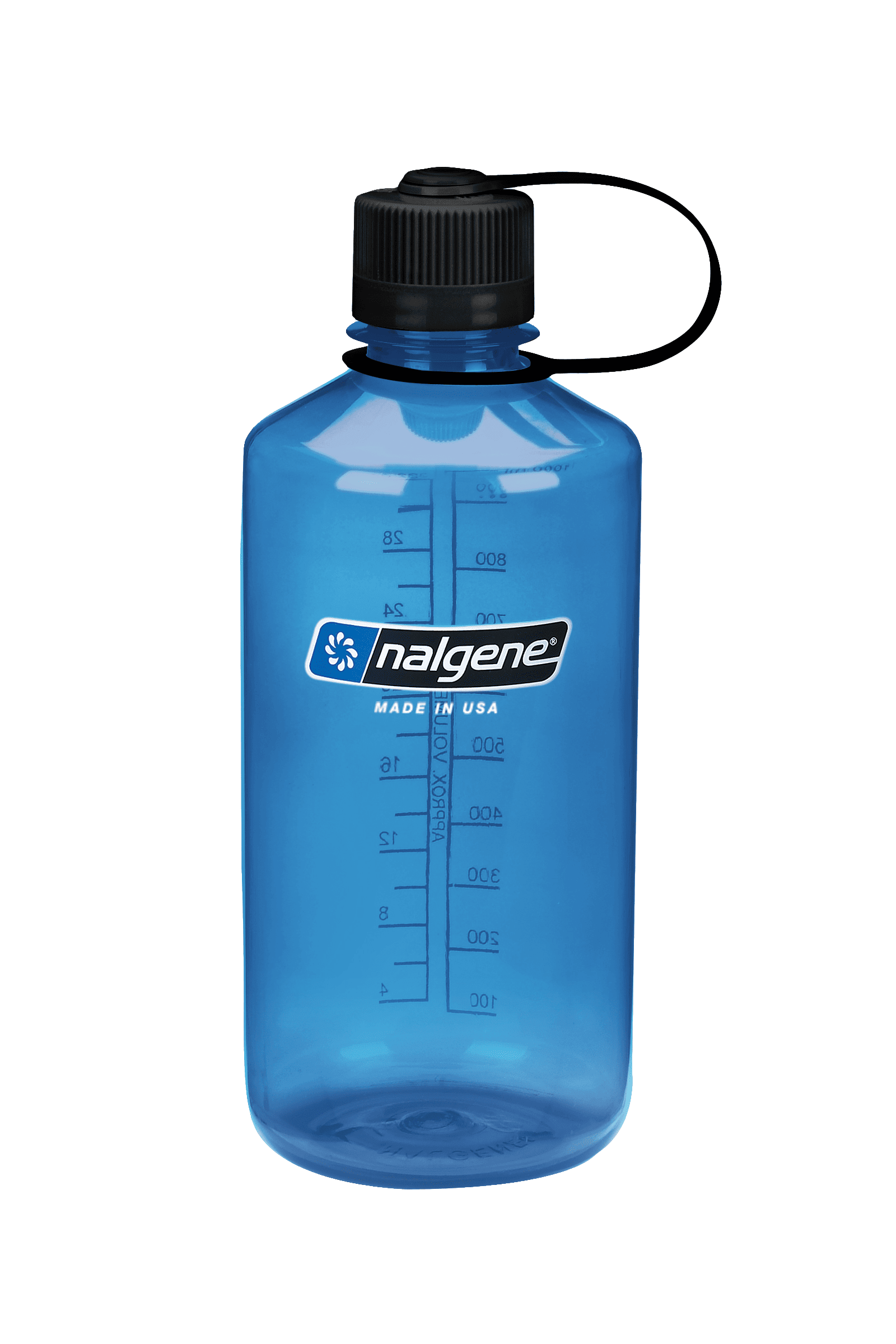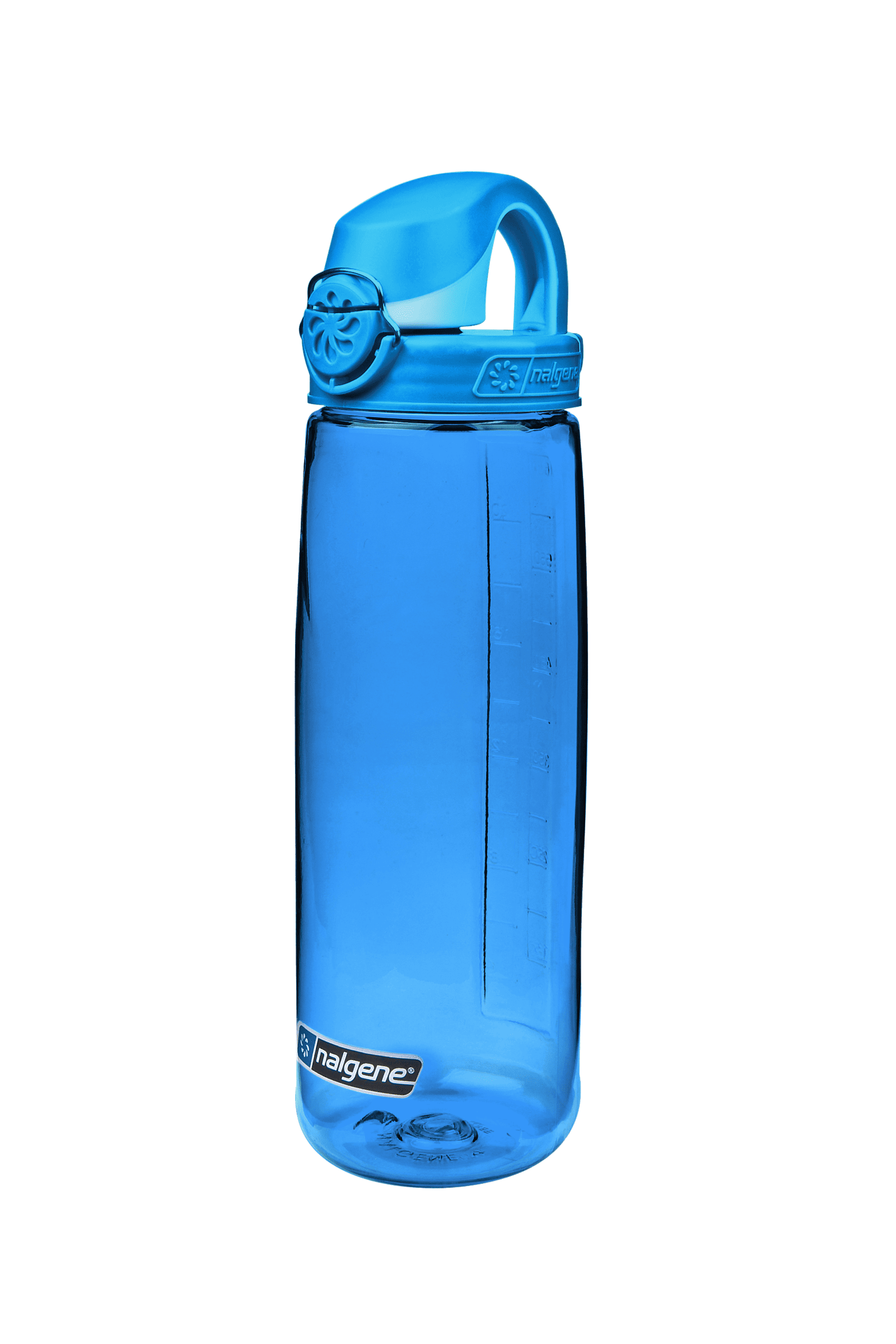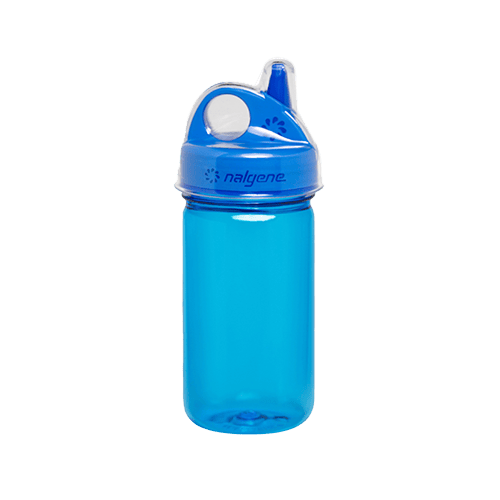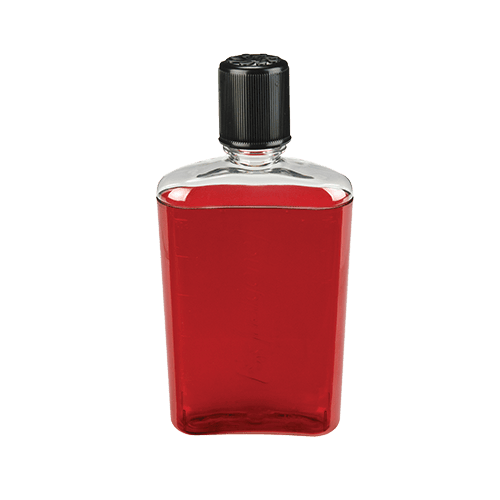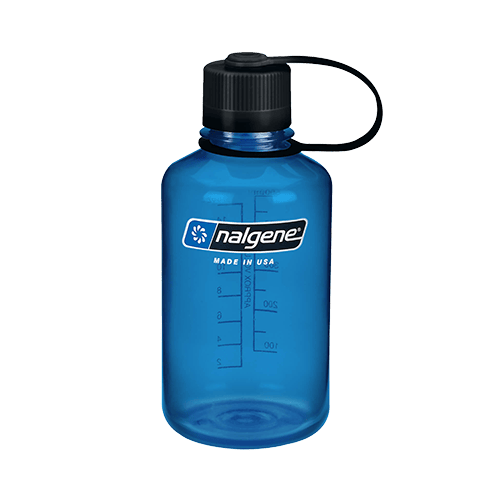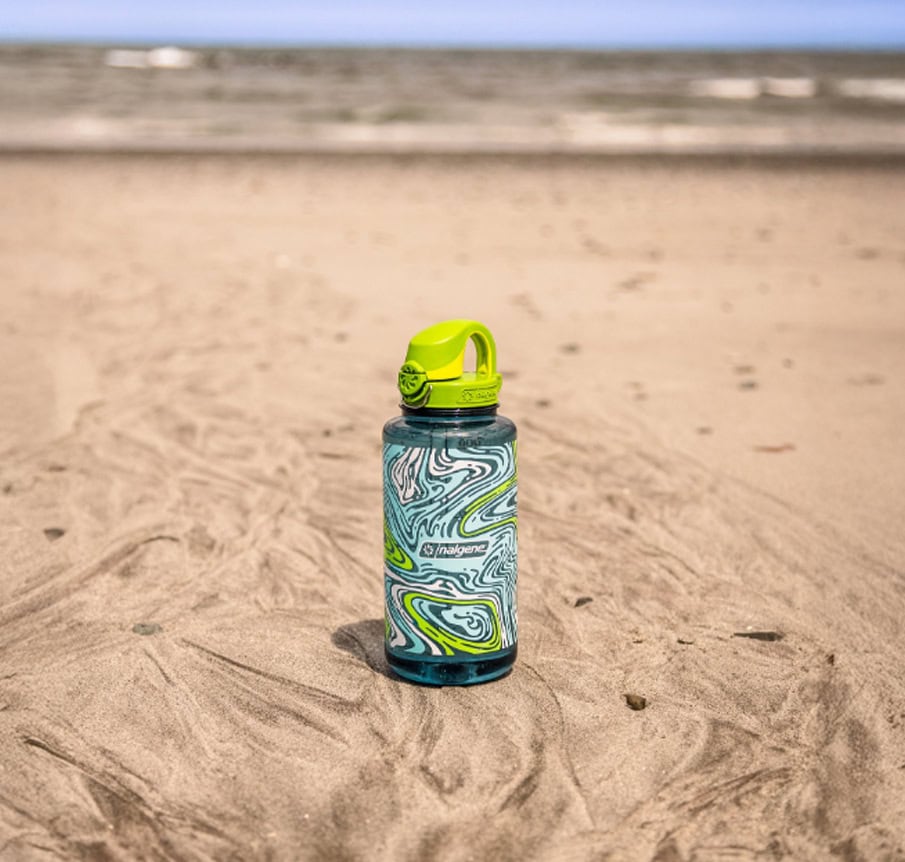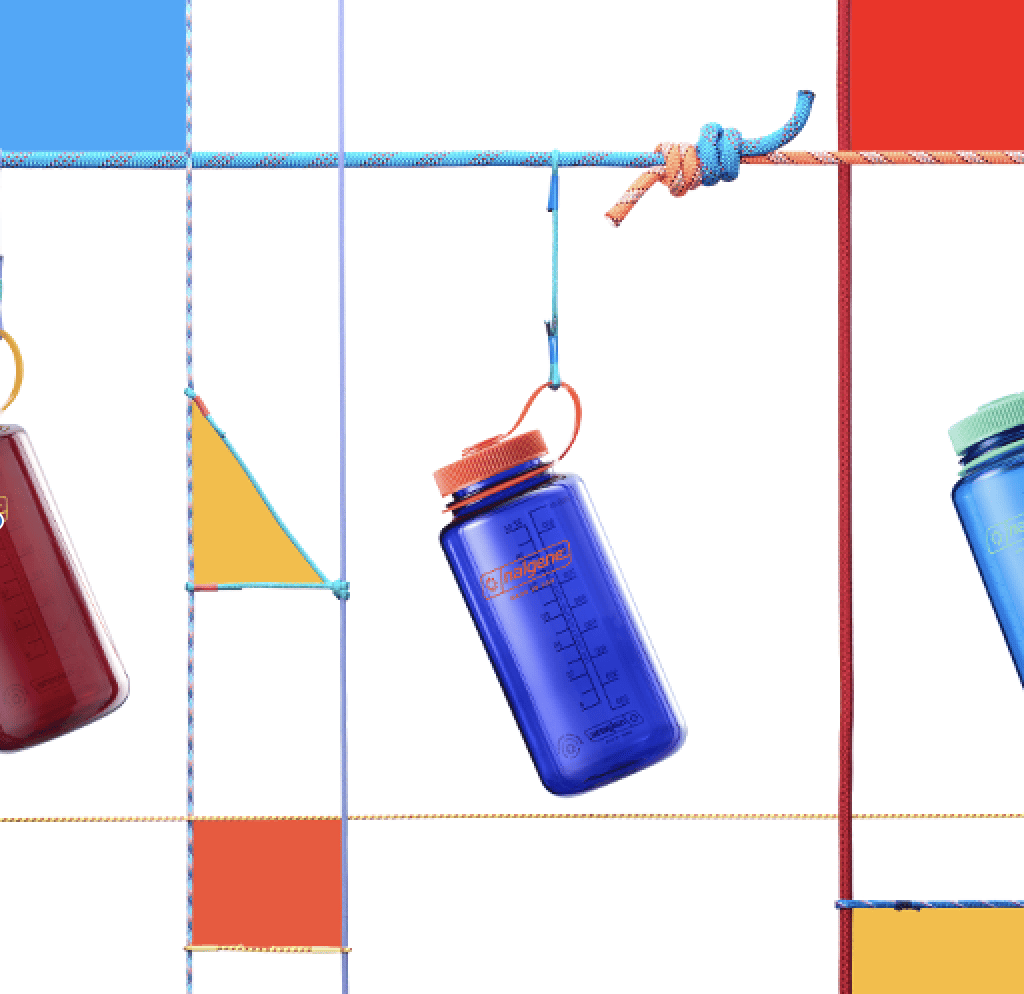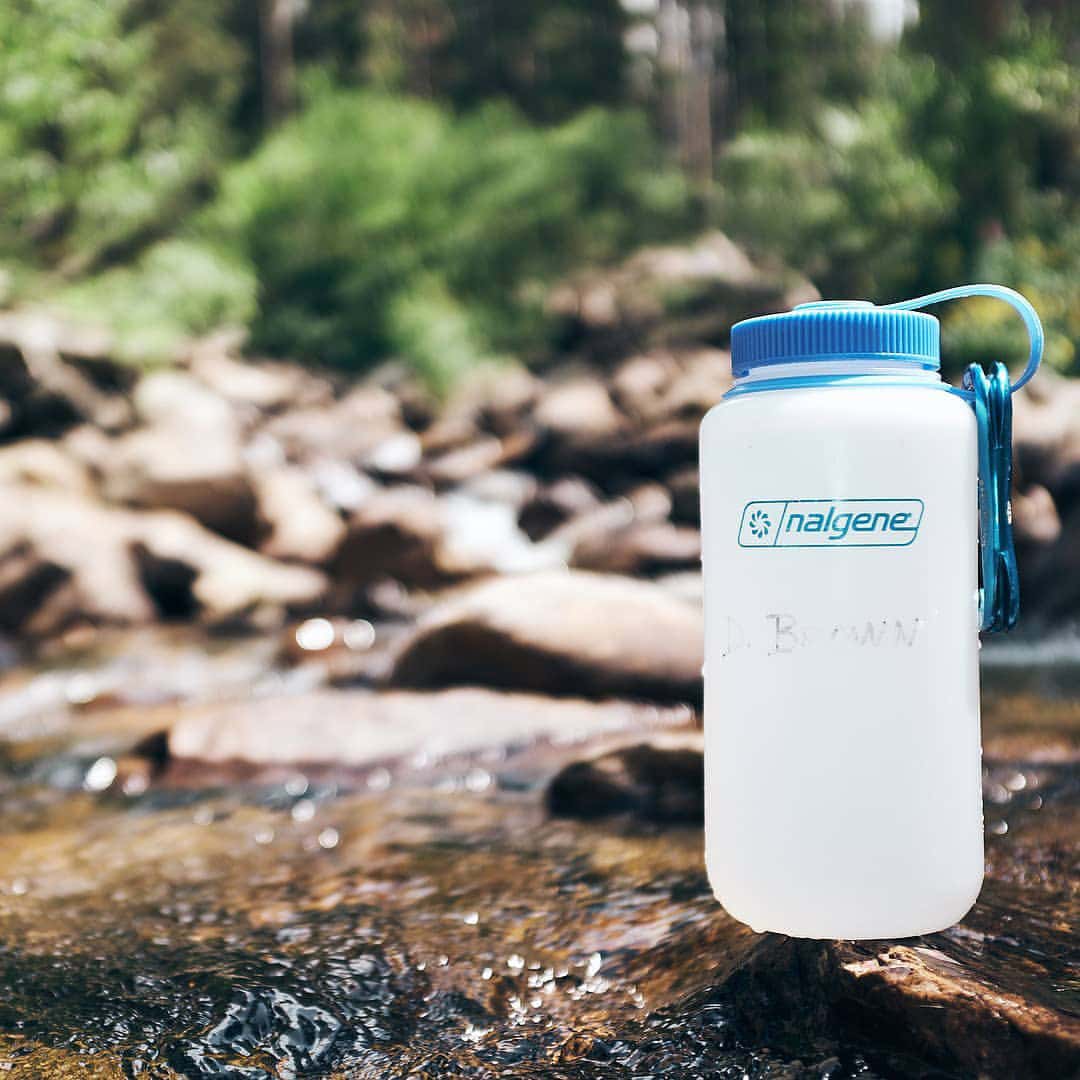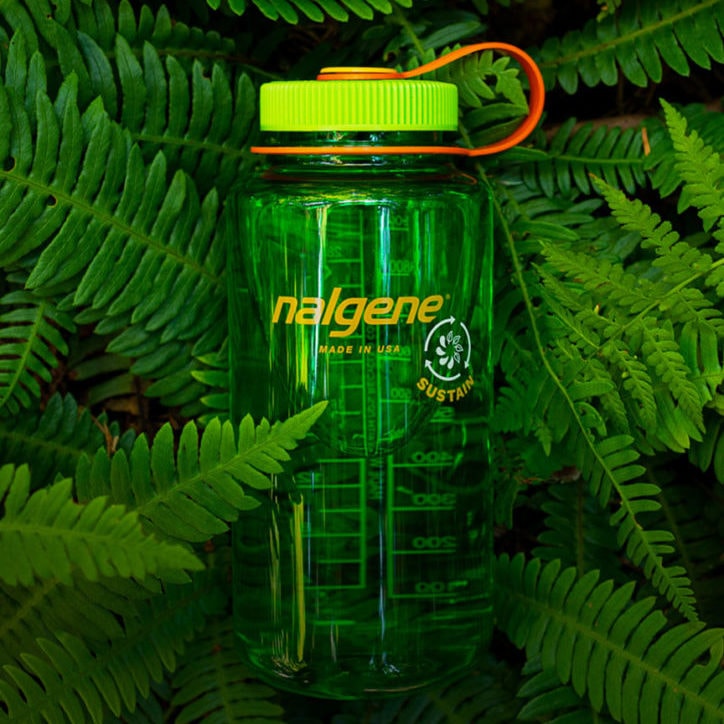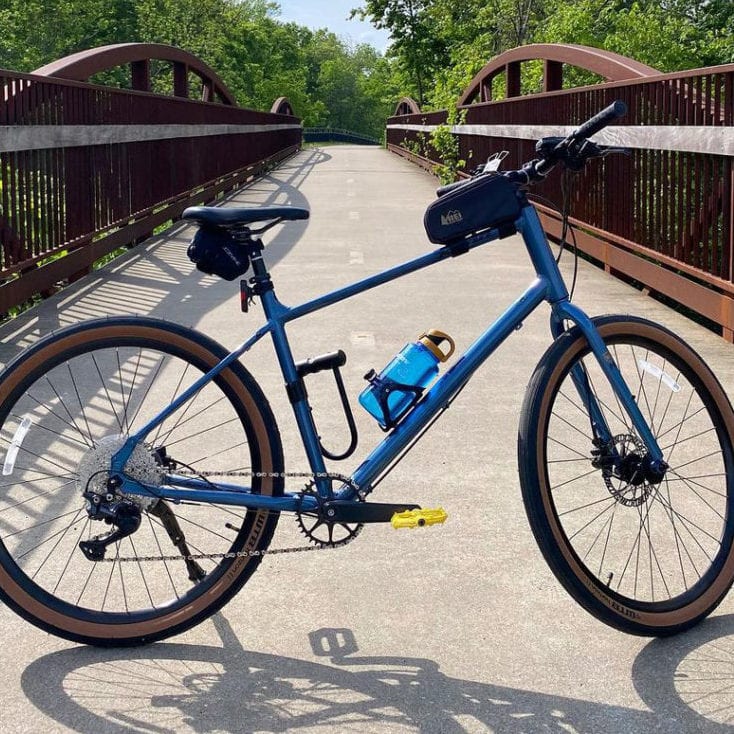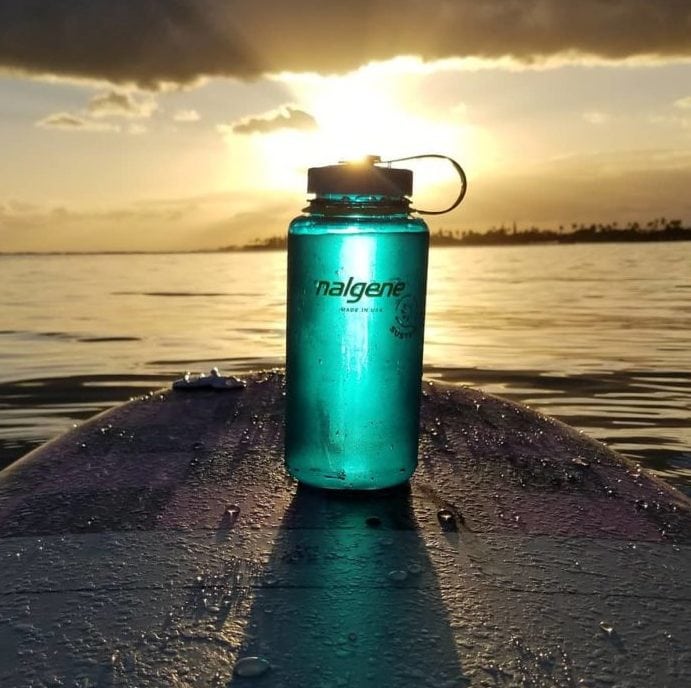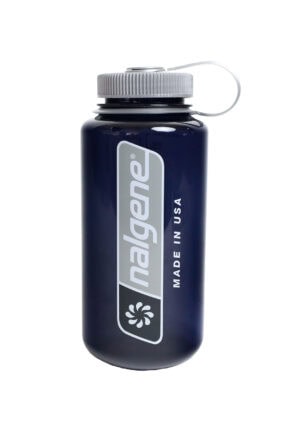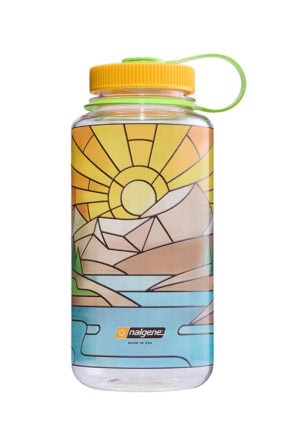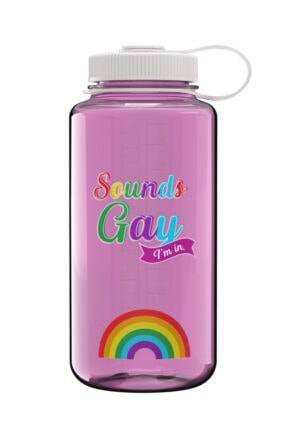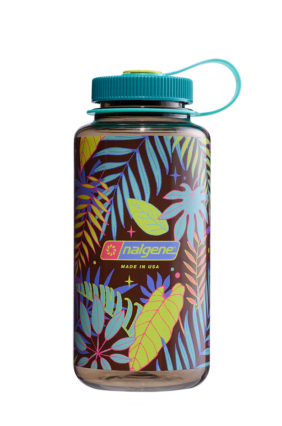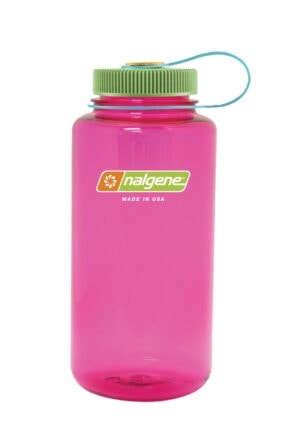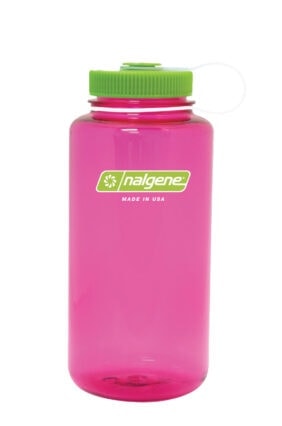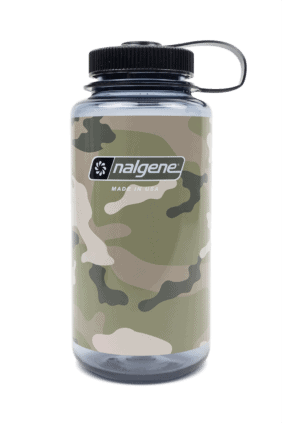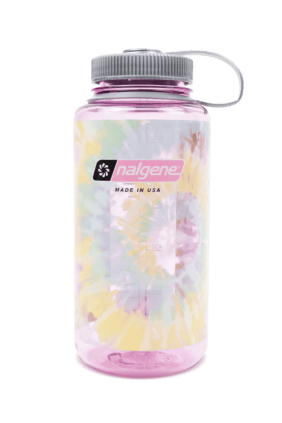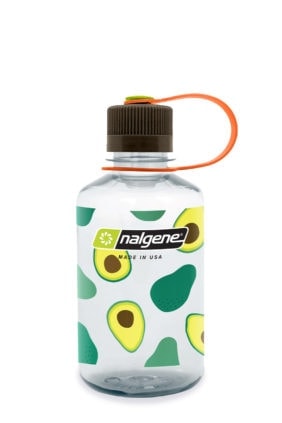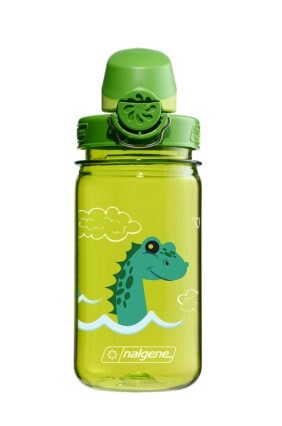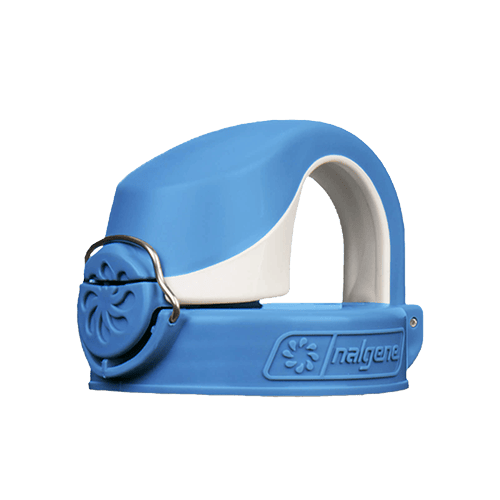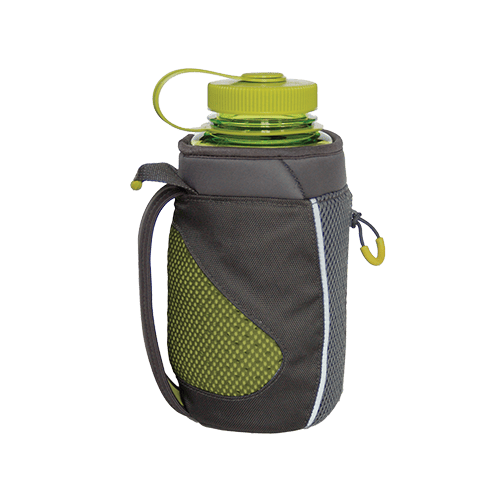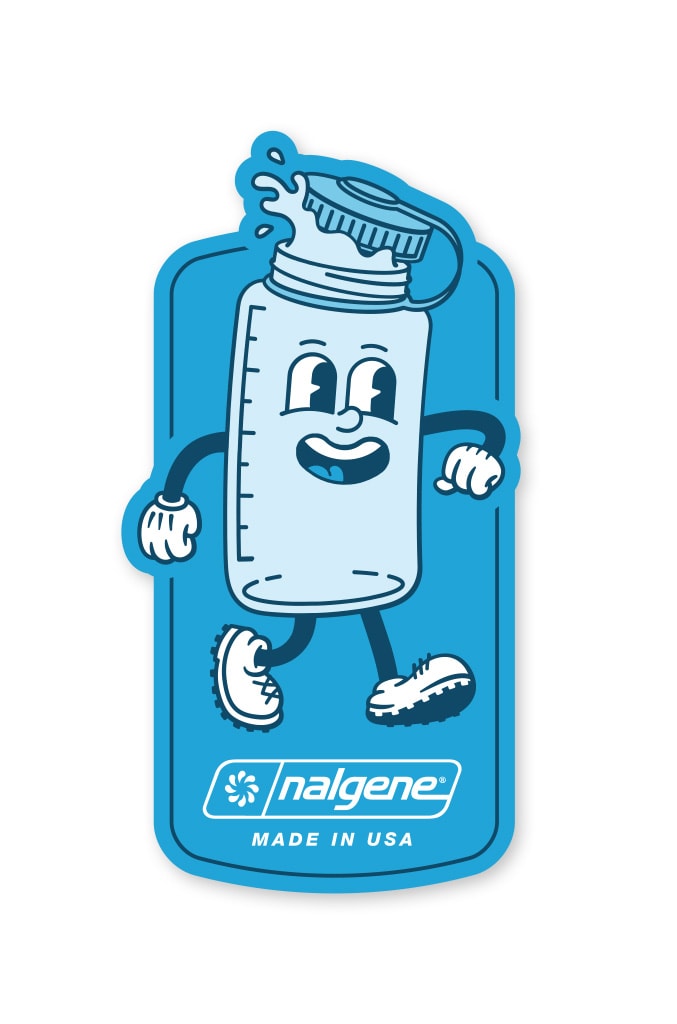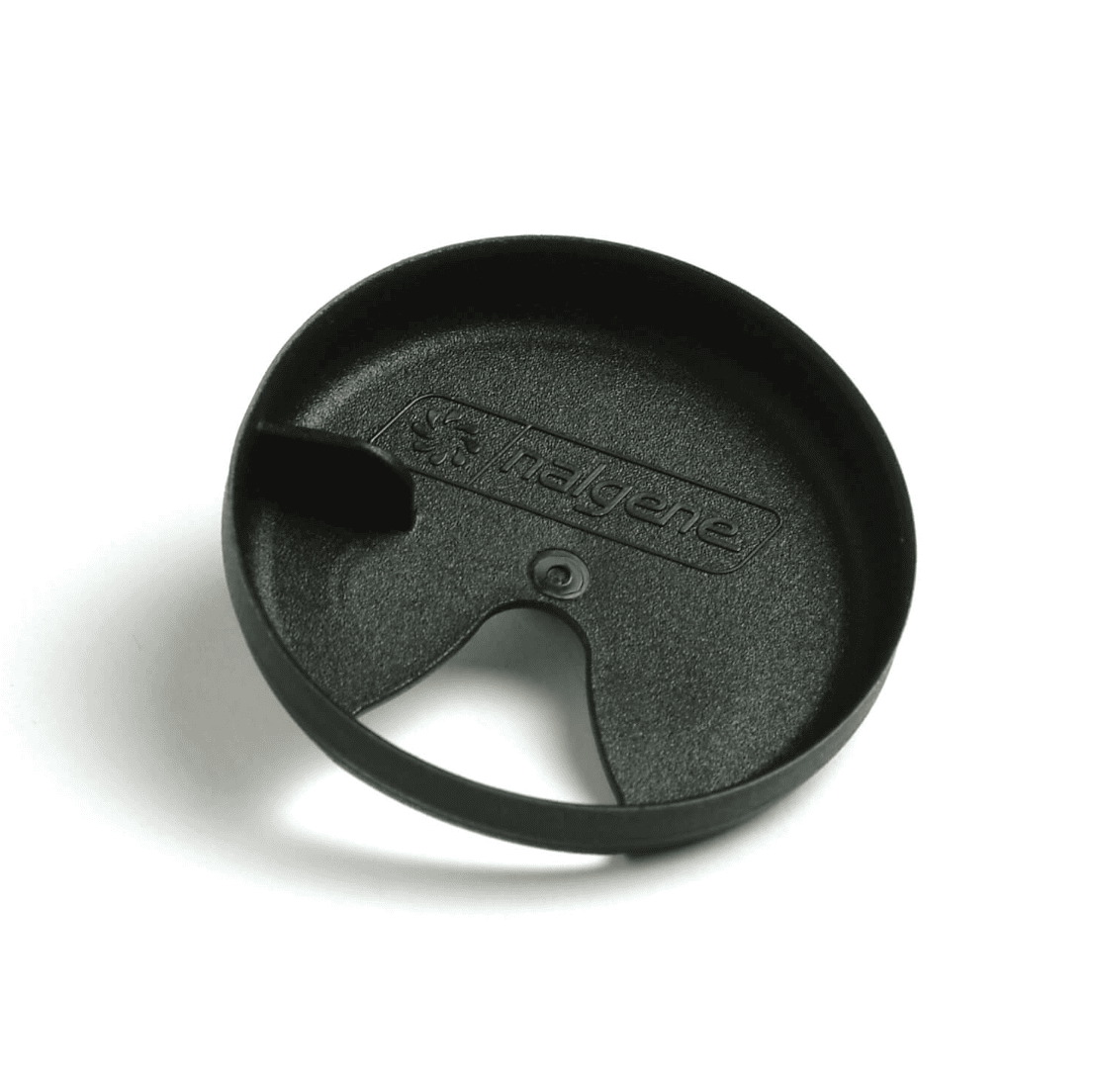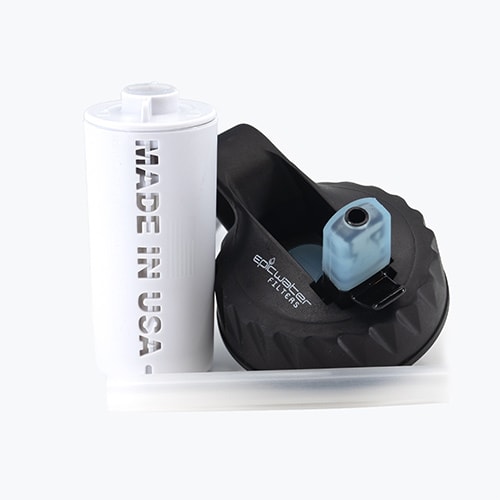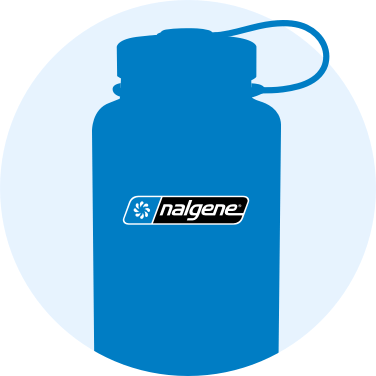The U.S. Water Crisis by the Numbers: Help Nalgene Close the Gap this World Water Day
This World Water Day, when much of the world is reflecting on water challenges overseas, the Nalgene Water Fund (NWF) will continue to focus its efforts on helping the more than two million Americans that lack access to running water, indoor plumbing, or wastewater services.
Hard-hit domestic areas include Navajo Nation and Flint, MI, where contaminated water sources, infrastructure, affordability, and more threaten the basic right of clean water for all. Inequities to clean water access are not isolated to just these known areas, however, as its increasingly a struggle across all parts of America.
Water inequalities can impact anyone. Even you. So it is important that Americans realize and raise awareness for the nation’s growing water crisis. That is why the NWF strives to educate and raise the necessary funds for local nonprofits to tackle the water gap in their communities.
How can you help? Get educated and help Nalgene spread the word!
According to Dig Deep’s and the U.S. Water Alliance’s 2019 report entitled “Closing the Water Access Gap in the United States,” where you live, your race, and your income affects your access to clean water. Some important stats to note and share from this report include:
- More than 2 million Americans live without basic access to safe drinking water and sanitation. This number includes: 1.4 million people in the U.S., plus 250,000 residents in Puerto Rico, that lack access to indoor plumbing (hot and cold running water, a sink, shower or bath, or a flushing toilet); and 553,000 homeless people in the U.S. who may lack equitable water and sanitation access.
- Race is the strongest predictor of water and sanitation access. Nationwide, Native American households are 19 times more likely than white households to lack access to complete plumbing, while African American and Latinx households are nearly twice as likely.
- Poverty is a key obstacle to water access. Lower-than-average household income makes up higher percentages of households lacking complete plumbing access, regardless of race. The same holds true with higher percentages of residents without high school diplomas.
- This crisis is not about isolated individuals or households living “off the grid,” but instead about entire communities lacking access to clean water and safe sanitation.
More Ways You Can Help Close the Water Gap
Education and conservation are key to combating the U.S. water crisis. Purchase one of the limited edition 32 oz. Nalgene Water Fund bottles to support domestic water issues. $5 from the sale of every NWF bottle goes toward closing the U.S. water gap.
Nalgene Water Fund